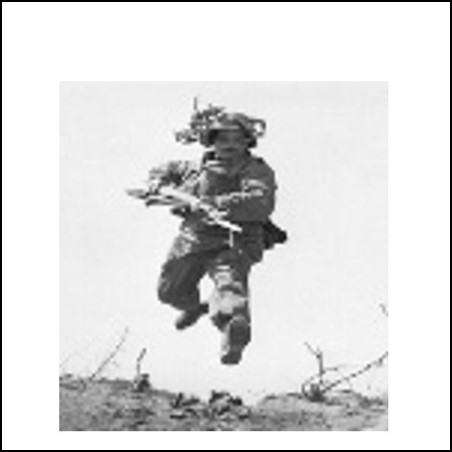
e-Document
|
Recommendation and report of the Task Force on US Drone Policy.
Copies
0 Total copies, 0 Copies are in,
0 Copies are out.
Title
Recommendation and report of the Task Force on US Drone Policy.
Call No
CDMC General Military History
Digital Link
Language
English
Published
Washington, DC : The Stimson Center,, 2014-06-24.
Series
Target Audience
Unknown or not specified








